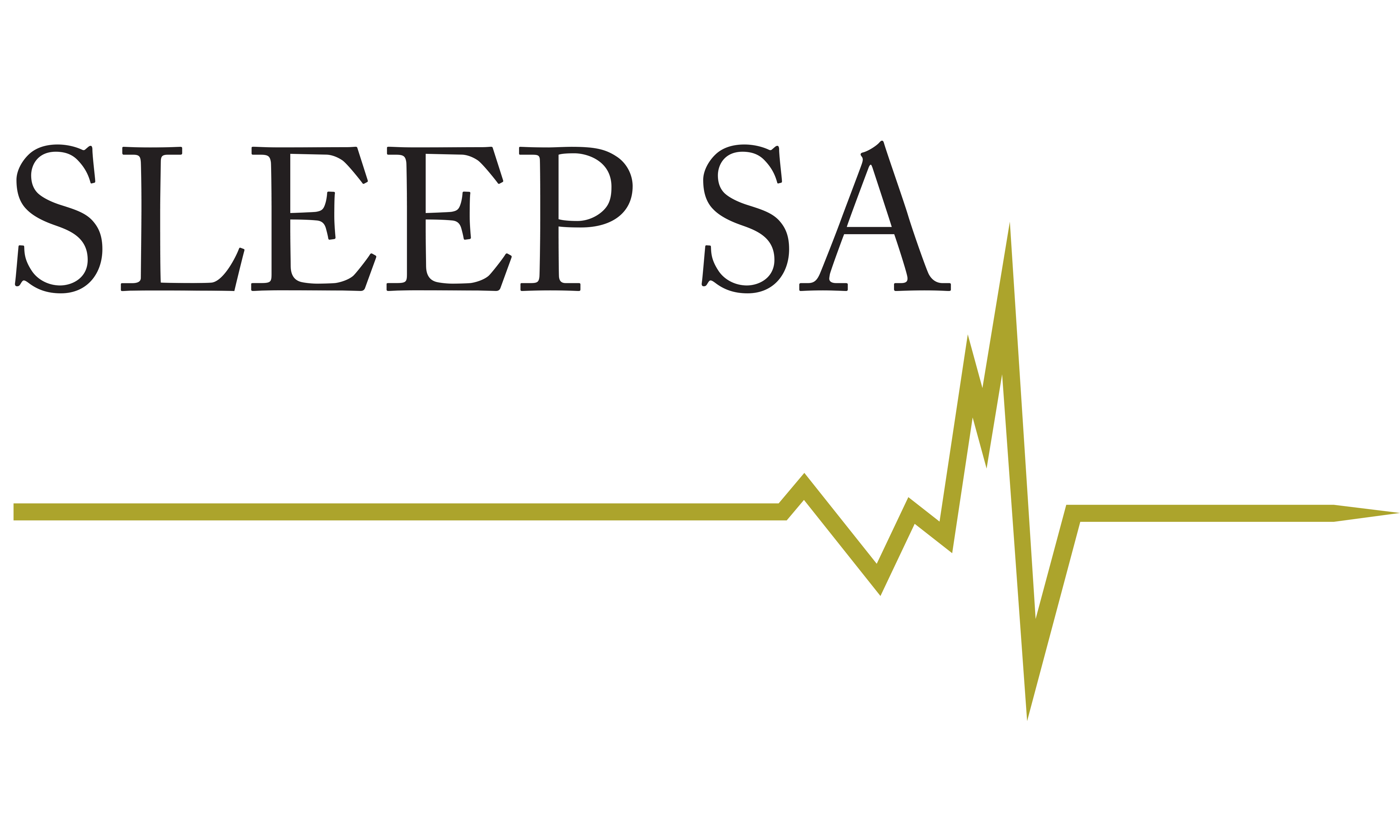Treatment of Simple Snoring
Having a blocked nose is one of the causes of snoring, and if the nose is blocked, medical or surgical treatment of the nose is usually recommended as a first step.
Surgery for Snoring
A number of throat procedures are now available to treat simple snoring under local anaesthetic in the office with minor discomfort. The majority of people with simple snoring would be candidates for these procedures, but not all. All these approaches are ineffective in patients with significant sleep apnoea, which requires wearing a CPAP or dental splint device, or more comprehensive surgery (see below). The current available options for simple snoring are sclerosant injection (“snoreplasty”) of the soft palate, radiofrequency treatment of the soft palate (e.g. Somnoplasty, Coblation or Celon systems), or small implants to stiffen the soft palate (“Pillar implants”). Laser palate surgery (Laser UPP) can be successful for simple snoring, but is very painful and therefore not recommended by Sleep SA affiliated ENT surgeons.
Pillar implants are the most recently available treatment designed to increase the stiffness of the soft palate (the vibration of which is responsible for the snoring noise in most cases). The number of studies is small, and the data is short to medium term, but this treatment appears to be effective in most cases at reducing snoring. Whilst Pillar implants may improve snoring in patients with mild to moderate sleep apnoea, the evidence for a reliable improvement in sleep apnoea severity is currently lacking. The implants are NOT proven to decrease the adverse health consequences of untreated sleep apnoea at this time.
Treatment of Sleep Apnoea
Having a blocked nose may exacerbate sleep apnoea, and if the nose is blocked, medical or surgical treatment of the nose is usually recommended as a first step.
Surgery for Sleep Apnoea
Surgery for sleep apnoea has become an increasingly complex and effective treatment over the last decade or so. Accurate identification of the site or sites of collapse in the upper airway causing sleep apnoea is required.
One or many procedures may be necessary to treat all sites of collapse. Several of the procedures can be done simultaneously, and we are usually able to obtain success in one or two operations. Around 50% of patients have a successful outcome from the first operation, which rises to 70-80% with a second operation. Sometimes more than two operations may be necessary, depending on the response. The success rate improves with additional steps, therefore only a small number of patients do not ultimately respond, as long as surgical treatment is continued after any incomplete response.
No two patients are exactly the same and therefore a specific surgical plan must be developed for each patient. Advanced techniques are frequently used to reduce the pain of surgery, but some degree of discomfort is unavoidable. Patients with mild sleep apnoea are often candidates for radiofrequency ablation of the tongue and soft palate which has very little pain and is done as a day case.
Patients with moderate to severe sleep apnoea will require reconstructive upper airway surgery.
Common reconstructive procedures include:
- tonsillectomy
- modified uvulopalatoplasty (or uvulopalatal flap)
- lingual tonsillectomy
- palatal advancement (also known as transpalatal advancement pharyngoplasty)
- geniotubercle advancement
- tongue volume reduction surgery
A usual hospital stay is 1-2 days, with 2 weeks off work required to recover. Maxillomandibular (upper and lower jaw) advancement is used occasionally, but is a larger procedure than any of the above options, therefore is only rarely recommended as the first step.
A repeat sleep study is always obtained 3-6 months after surgery to ensure a satisfactory response, as improvement in symptoms alone is not sufficiently reliable to ensure a complete response to treatment.
Please note that these excellent surgical results should not be expected from a laser UPP as a sole procedure, which usually gives disappointing long term success rates in controlling sleep apnoea.
